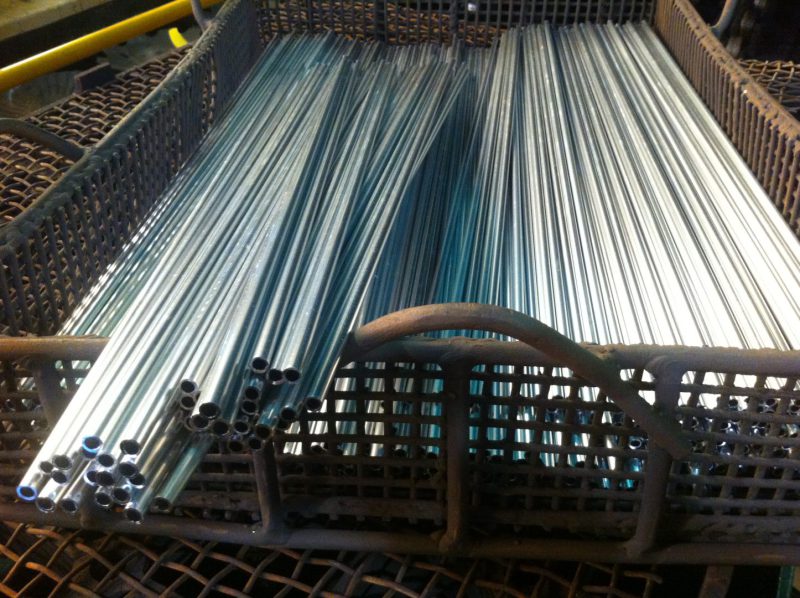
Alpha Detroit offers non-ferrous heat treatment in Melbourne, supporting alloy stability and precision component performance in demanding applications.
Non-ferrous heat treatment is a specialised process applied to metals such as aluminium, copper, and precious alloys that do not contain significant amounts of iron. These non-ferrous metals are essential to modern engineering for their lightweight, high conductivity, and corrosion resistance. By applying precise heat treatment methods, it is possible to enhance alloy stability and boost component performance.
Understanding Non-Ferrous Alloys and Their Challenges
• Copper and its alloys: Bright annealing of copper in a vacuum furnace removes residual stresses and enhances electrical conductivity in complex parts. Ageing phosphor bronze is essential for achieving the right springiness and mechanical stability in electrical connectors and switches.
• Aluminium and its alloys: Stress relieving of aluminium weldments and castings reduces internal tensions left from fabrication processes. Solution treatment and controlled ageing further increase hardness and corrosion resistance for demanding applications.
• Precious metal electrical components: Vacuum heat treatment for precious metal contacts ensures a clean microstructure and consistent material properties. This process improves both the performance and durability of high-value electrical components.
According to the Heat Treating of Nonferrous Alloys journal from Springer, a range of heat treatment processes—including annealing, solution treatment, and ageing—are essential for controlling the microstructure and mechanical properties of non-ferrous alloys. This highlights the scientific foundation behind using advanced thermal methods to achieve greater stability and performance in precision-engineered components.
The Role of Heat Treatment in Alloy Stability
Non-ferrous heat treatment transforms the internal structure and performance of non-ferrous metals using processes such as annealing, solution treating, and precipitation hardening. Annealing relieves internal stresses and improves ductility, while solution treating creates a uniform microstructure ready for strengthening. These methods together boost the stability and workability of non-ferrous alloys.
Precipitation hardening, performed after solution treatment, increases strength and wear resistance by encouraging fine particle formation within the alloy. As a result, components become more resistant to deformation and perform reliably under demanding conditions. This non-ferrous heat treatment approach also enhances corrosion resistance, extends service life, and reduces the need for frequent replacements.
Best Practices in Non-Ferrous Heat Treatment
Achieving consistently excellent results with alloy heat treatment services relies on several best practices.
• Temperature control: Maintaining precise temperatures throughout the process is vital for achieving the correct microstructure.
• Cooling rates: Regulating how quickly parts are cooled after treatment helps define final properties and prevents cracking or distortion.
• Atmosphere management: Managing the environment inside the furnace, such as using vacuum or inert gases, prevents oxidation and contamination.
Advanced monitoring systems and stringent quality control at each stage further ensure that each batch of components meets strict industry specifications. By focusing on these key factors, manufacturers gain a competitive edge in product reliability and performance.
Trust Alpha Detroit for Non-Ferrous Heat Treatment Solutions
Partnering with Alpha Detroit means your components receive the expert non-ferrous heat treatment needed for peak stability and long-term performance. Our skilled team uses advanced processes to deliver tailored solutions for aluminium, copper, and specialty alloys, helping your products exceed industry expectations.
Contact us today to see how our expertise can improve your products and drive your business forward.
Related Blog Article: A Brief Review on the Heat Treatment of Non-Ferrous Metals
Optimized by: Netwizard SEO
